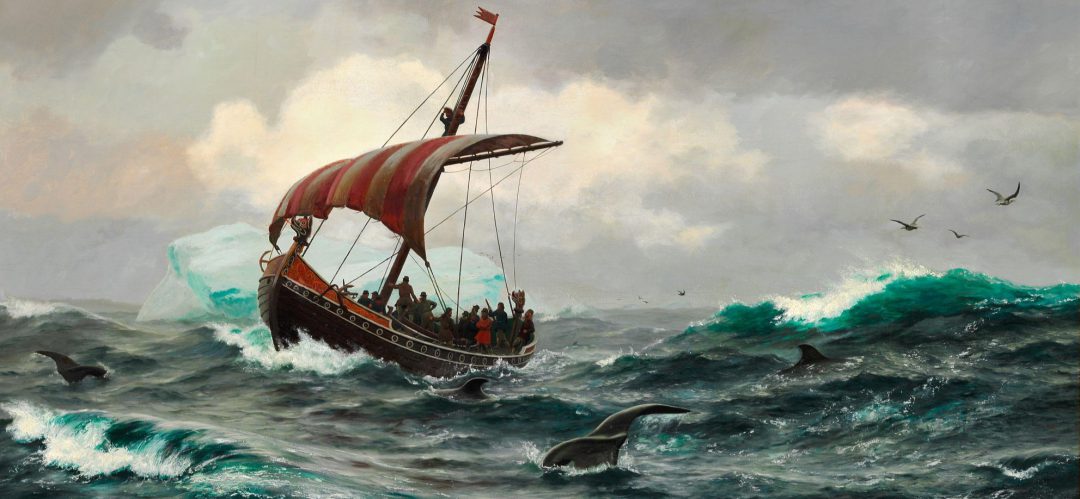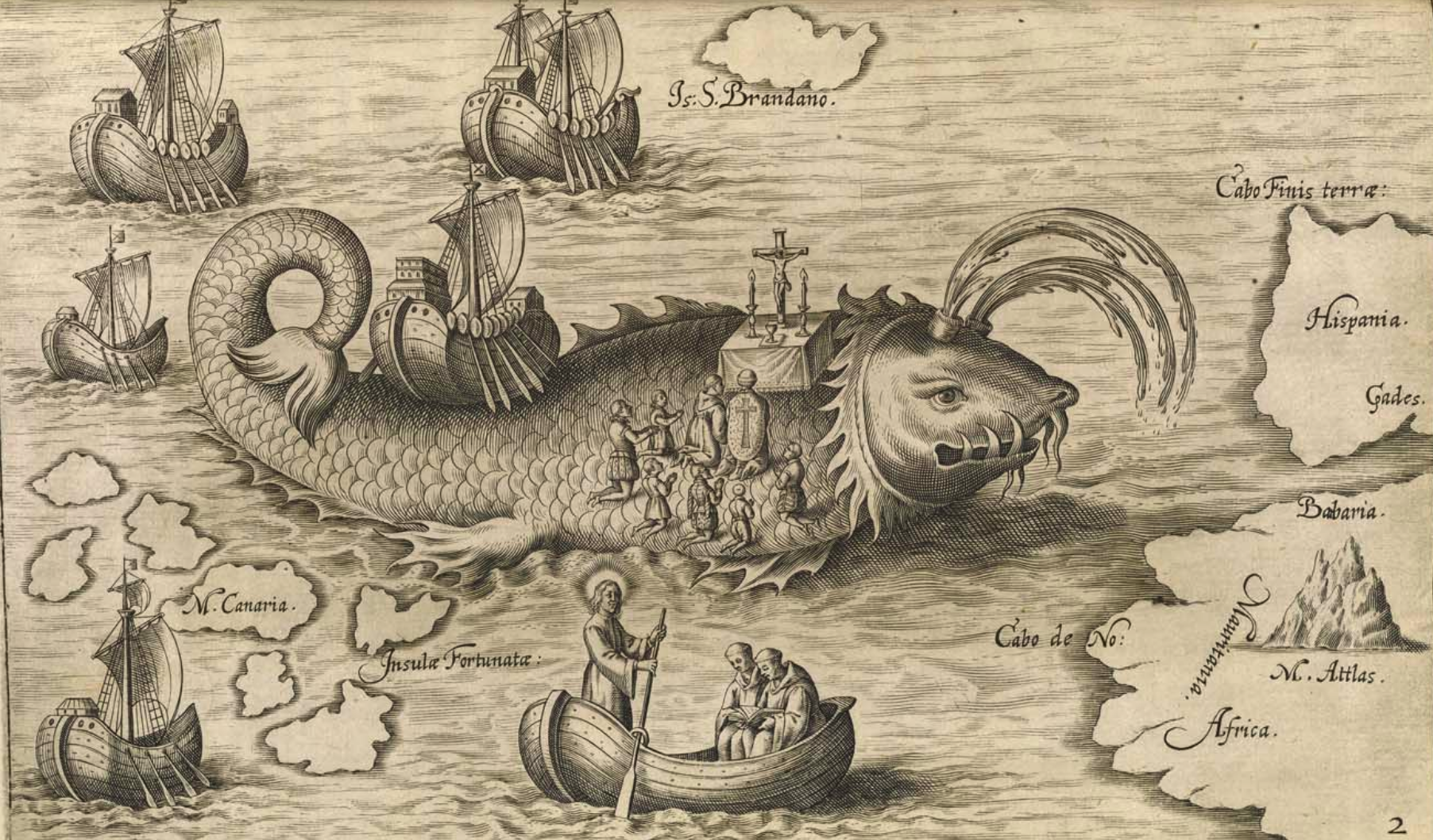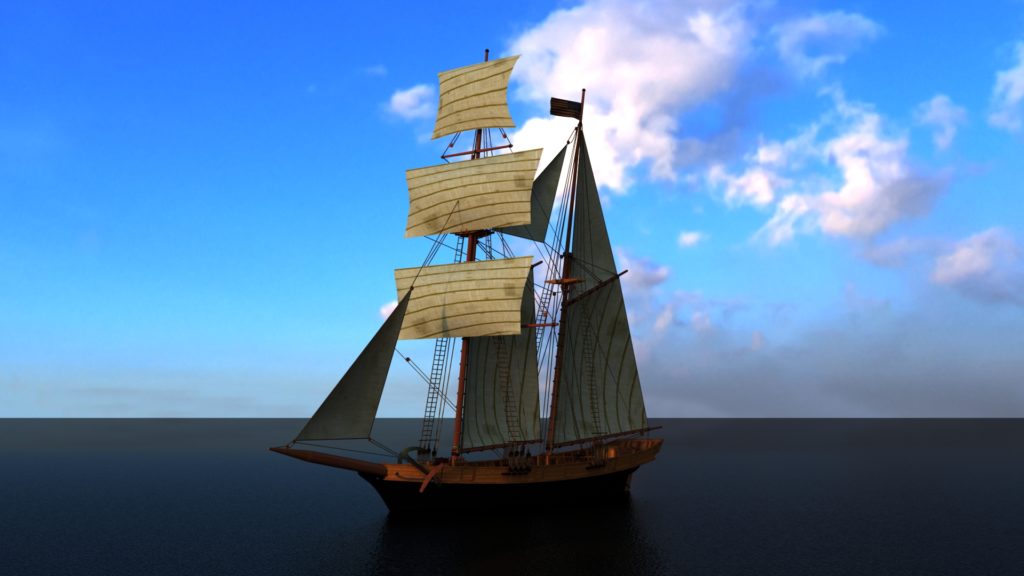
THE MOVING TIDES: An Arctic Journey
An Essay on Commerce, Culture and the Environment in the New North Atlantic and Arctic Regions presented at The Arctic Circle Assembly, Reykjavik, Iceland, 2018
Not since Erik the Red has the North Atlantic been so open to navigation! The Arctic region is undergoing massive change; its economic, cultural and geopolitical structures are changing. The environment is changing; ice sheets in Greenland are melting at an accelerated rate, and as a result new trade routes are opening up. Many people are lamenting the negative impacts of climate change and sea level rise, but others are celebrating new business opportunities. One thing is clear; what happens in the Arctic doesn’t stay in the Arctic. What happens in the Arctic impacts the entire world! Regardless of one’s nationality or affiliations, we are all stakeholders in the Arctic region.
This essay provides a conceptual underpinning for the creative elements of THE MOVING TIDES project. These elements include: a series of digital prints; an electronic journal, and a short animation about a virtual kayaking trip along the west coast of Greenland. It also offers guiding principles for cultivating positive and productive relationships between Commerce, Culture and the Environment in the new North Atlantic and Arctic Regions. For example, we [Arctic stakeholders] should not allow economic development or any other practical matter to become a defense for regressive behavior. We’re at a pivotal moment, and there is an opportunity to use imagination and vision to avoid egregious mistakes of the past, such as exploitation of indigenous populations and plundering of natural resources. The tides are moving in the Arctic, and we have the chance to move beyond platitudes and create new systems that support and sustain one another. Effective communication is essential to achieving this goal, and the arts and humanities give us the means to communicate and contextualize across national and cultural borders.
The image above, titled Summer in the Greenland Coast circa year 1,000, was painted by Danish artist Carl Rasmussen in the late 1800’s. I began with a work of art, because art communicates through symbolism, narrative and metaphor; thus, it can reach people on psychological and visceral levels in ways that technocratic data cannot.

My project lies between fact and fiction; this is not unusual, as all forms of art, literature and history are to some degree creative non-fiction. There are multiple interpretations of where the Arctic actually is geographically. Some maps include the Baring Sea, and sometimes the tree line is the determining factor. For many of us, our experience of the Arctic is conceptual; we rely on artists, cartographers, writers, filmmakers and scientists to help shape the public imagination of what has been a remote and inaccessible region. Imagination is a key element in the above historical map of the Arctic, which is from USM’s Osher Map Library Collection. It illustrates the voyage of St. Brendan circa 570 CE and is connected to the folklore of early Arctic travels. Saint Brendan is said to have ventured into the North Atlantic in a skin-covered boat, and he allegedly held Mass on the back of a whale. The Arctic Journey chronicled in my project is not dissimilar to that of Saint Brendan.
The image below is a preliminary rendering done for an animation short that I’ve produced with digital content developers Jordyn and Charlie Curley. The Qajaq Journey is about a virtual kayaking trip along the west coast of Greenland. The kayaker, who is an avatar for women adventurers, follows a ghost ship through an uncanny space. Her psycho-geographic wanderings lead to an inner exploration where profound discoveries are made. At the pinnacle of her journey, she internalizes her relationship to the Arctic and is transported back outward to share her findings with the world.

Adapting to changes in the Arctic will require deep internal exploration on the part of individuals and nations, a kayaking inward so to speak to examine the assumptions and implicit biases that drive public perception and opinion. This is a timely alternative to the aggressive external exploration that has previously taken place on behalf of colonialism and nationalistic agendas, and it will be necessary for arriving at a balanced reciprocity between commerce, culture and the environment.